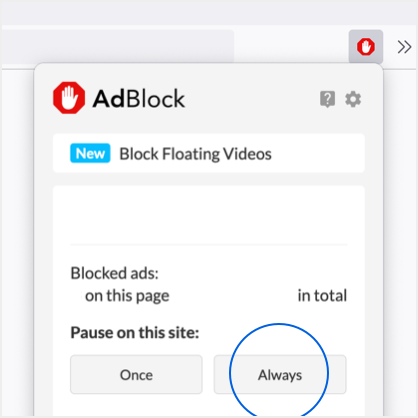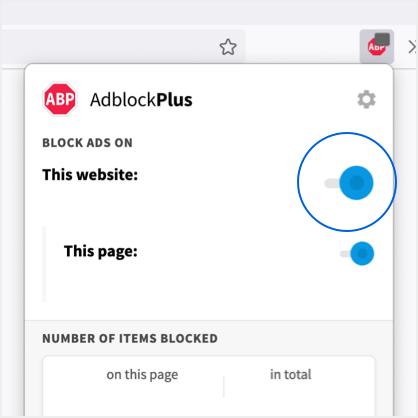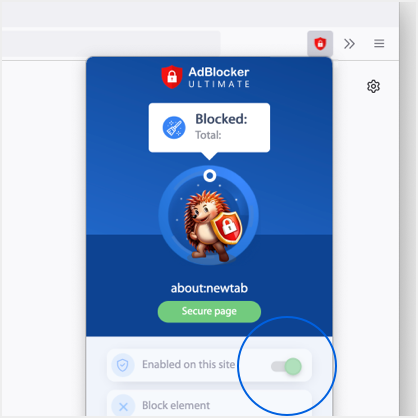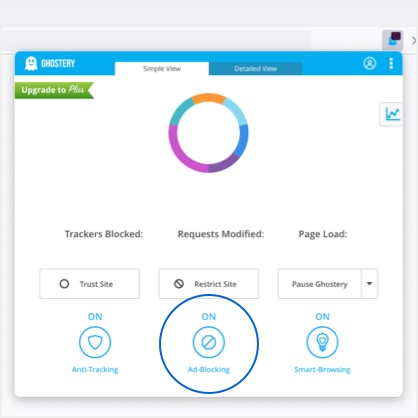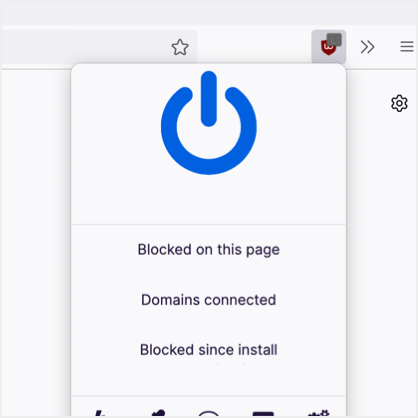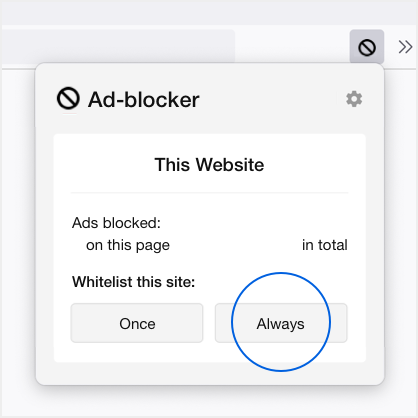Stitch Gawd Is the Cross-Stitch Artist Loved by Chicago's Hip Hop Musicians
The creative talks about her deep appreciation for music, work philosophy and more.
“The Chicago cross-stitch artist who’s friends with all your favorite rappers,” Emma McKee’s Instagram profile reads. Her feed is filled with images of musicians that she has “blessed” under her moniker, Stitch Gawd. Cross-stitching wasn’t exactly part of Emma’s plan, but it was something she that randomly decided to try. Fast forward to about a decade later, her talent in crafts and love for hip hop have helped her accumulate an impressive portfolio, with her work seen on Chance the Rapper, Vic Mensa and Smino.
“I didn’t know a single soul [in the city], but I knew that hip hop, poetry, photography and so on always made me feel less alone,” the artist comments, explaining that her focus on Chicago’s music scene came to her naturally. After discovering her new skill, she began creating custom cross-stitched pieces — mainly jackets — that she would gift to musicians that she appreciates.
Known for her barter-only system, Emma doesn’t make any profit from her artistry. Her work is funded by her day job in entertainment, along with occasional collaborations with companies. Most recently, she landed a gig with Pabst Blue Ribbon for its “Grabst a Pabst” initiative that supports emerging creatives.
While she continues to produce cross-stitch pieces, Emma has also been expanding the scope of her work to help promote social justice. Her latest includes a giant portrait of Fred Hampton, a civil rights activist who died of police brutality in the late ’60s. The artists hopes that her work will spark important conversations.
Below, we talk to Emma about her journey as a cross-stitch artist, her favorite pieces, work philosophy and more.
How did your career as a cross-stitch artist begin? When did you start taking the job more seriously, rather than considering it as a hobby?
I started stitching in 2014 and before that I had zero interest in embroidery, fashion, any of it. Cross-stitching did not hold any charm for me for most of my life. One Christmas, I was trying to figure out something meaningful to give to my mom and decided to try it out. I picked up a needle, made one for her and I found out I was pretty good at it. So I thought, “Okay, what does this look like if I make my own patterns and designs instead of doing it in a more traditional way?” That’s how Stitch Gawd was born.
I actually didn’t really have much of a chance to not take it seriously. I wasn’t very far into it when Chance the Rapper requested one and wore it on the cover of Billboard and on his tour. I’ve had my foot on the gas ever since.
What made you look to the music scene in Chicago for inspiration for your cross-stitch art?
There wasn’t much of a thought process there. Music has always been a home base for me. That is where I was anyway. When I moved to Chicago a decade ago, I didn’t know a single soul, but I knew that hip hop, poetry, photography and so on always made me feel less alone. I went to things that feed and inspire me, like shows, galleries, slams and installations. When I found out I could stitch, I wanted to use the skill to celebrate some folks who I think deserve their flowers.
I guess the bottom line here is that what I do is exceptionally labor-intensive, and I have to be very inspired by something or someone to put that much effort in. The people and the art in Chicago inspire me above all.
What do Chicago and hip hop mean to you?
It’s funny. When I first moved to Chicago, I was very unhappy here. It was a foreboding cold-feeling city where I didn’t know anyone (besides, I had been kicked out of Canada and was salty). What I learned is Chicago is not on any silly sh*t. This is a city that works hard and won’t welcome or trust you until you have put in the work. It means everything to me — Chicago made me the person I am today without question. Hip hop has always been the guiding light and I’m like a moth to the flame.
How did you end up with the name Stitch Gawd?
The first outlet to ever cover me was The Fader. That’s like, dream first press! The woman interviewing me, a writer named Tara Mahadevan, dubbed me Stitch Gawd in the article she wrote. I thought it was a cute nickname, and it really stuck in people’s heads. I guess I kind of am like a jacket fairy godmother popping up with the custom gear. Now folks probably call me “Stitch” more than Emma. It’s kind of nice to have the Clark Kent and Superman of it all.
What is your favorite piece of all-time?
I love the jacket I made for Saba. It was in memorial for his cousin John Walt Jr., who was murdered a few weeks before Saba’s first national tour. I loved and was very humbled that I was able to use this skill in a way that was meaningful for Saba. It is my forever favorite, for sure.
Are there any emerging artists you’ve noticed that you would like to “bless?”
There always are. It’s mostly a matter of timing. I’ve had an idea for Megan Thee Stallion for a while, but she isn’t exactly emerging; she’s a superstar already. I’ve been working on a piece for Sen Morimoto for about a year now. I’ve made a few pieces for a Chicago rapper named Qari.
You’re known not only for your work with hip hop artists, but also for your barter-only system. How are you able to sustain your artistry without making any profit out of it?
It is very difficult. I work a full-time job in entertainment that funds my creative work. I guess the nice offshoot of the whole bartering art thing is that it has led me to some big corporate opportunities with nice budgets. So I do make some profit off of it on my terms, and as a result of that, I’ve been able to play around with some of the most iconic brands in the world like the Pabst Blue Ribbon can. I don’t mind taking soulless corporation money if it helps the cause and as long as it doesn’t hurt it either. Honestly, it is an ongoing learning process. I turn people down a lot if our views don’t align. I’m sure I’ve slowed my progress by doing that but I don’t really care. I want to be able to really believe in and get behind the work I make. It’s always been about respect over money, and frankly, there is a lot that money cannot buy.
No matter how you slice it, it is incredibly hard to navigate capitalism as an artist. Anytime you invite money into a conversation about art it inherently changes the nature of that conversation. For me, a dollar from your favorite rapper is the same 100 pennies as a dollar that your desk-mate lends you. But someone’s time, care and effort are a whole other animal.
Can you tell us a little bit about your Fred Hampton portrait? What was the inspiration behind it?
I’ve always thought that since I am not native to Chicago, I needed to make sure that a big part of my art practice centers around giving back to the city and its people. One of the obvious ways, I believe, is to pay homage and honor the incredible people that have made it.
I also think that we need to talk about Chairman Fred Hampton as frequently and as loudly as we can until the U.S. government, the city of Chicago and the police department acknowledge their role in his assassination, apologize, pay reparations and place protections around the childhood home of the Chairman. He should be in textbooks and museums. Fred’s legacy deserves reverence and demands respect. Instead, his family has been subject to decades worth of harassment at the hands of the State. I figure a nine-foot-tall, 200-pound head might get someone to stop and talk about him.
What is a message you wish to deliver through your work?
That is a hard question to answer. Every piece is its own set of messages and themes. I guess the main theme — beyond a deep love of Chicago — is to be the most yourself you can be. It really is a wonder what one person can do by leaning into their own voice and beliefs. Oh yeah, and f*ck 12.




















